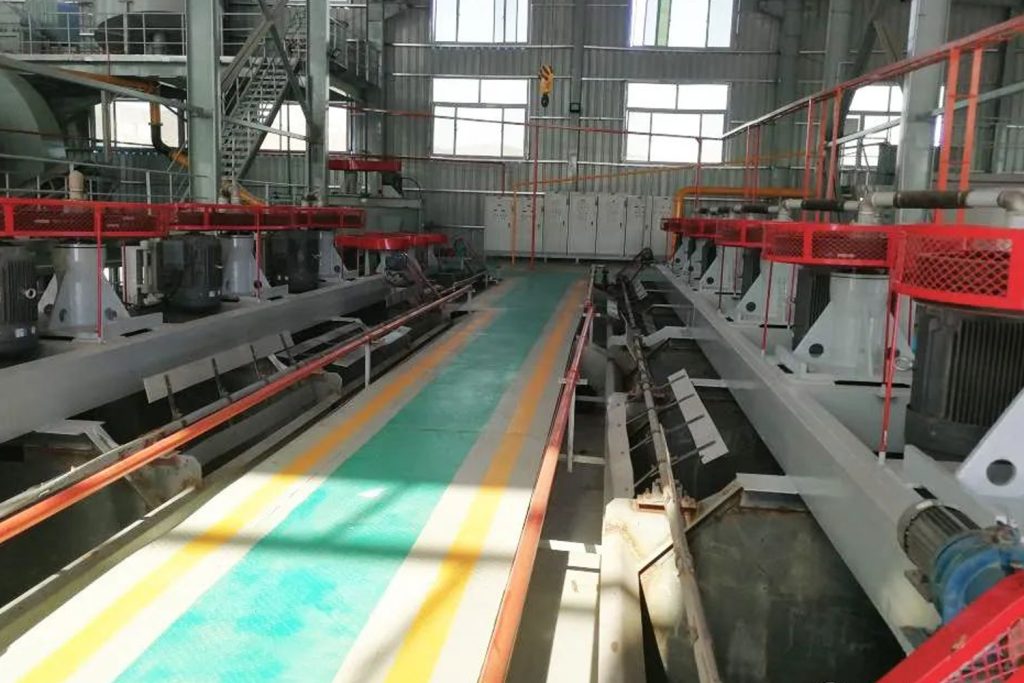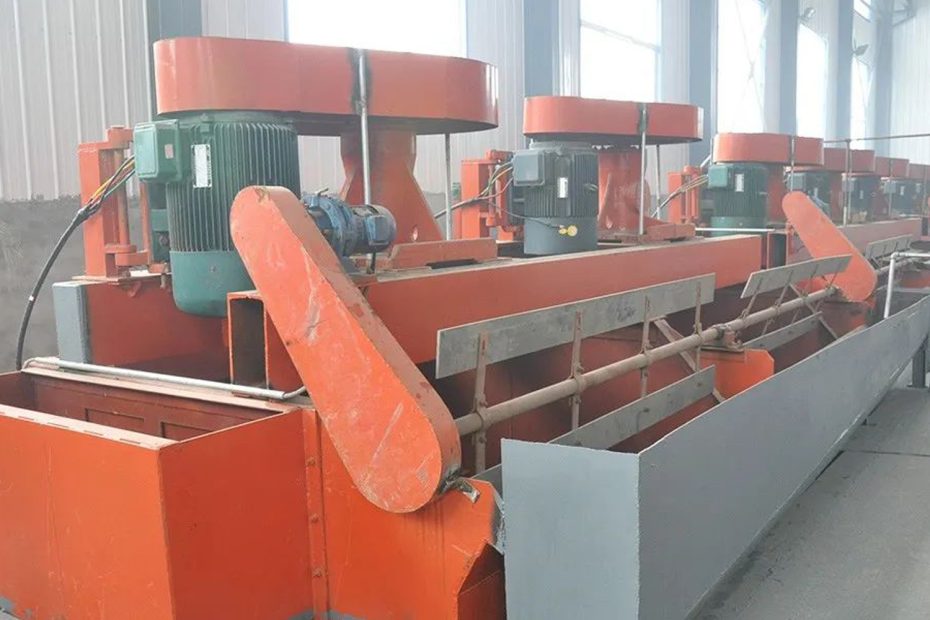In the mineral processing , flotation is a widely used and relatively complex process. The flotation process is complex, and there are many factors that can affect the flotation process. At the same time, the process scheme of the flotation process is very diverse. In order to determine the appropriate sorting conditions, formulate a reasonable flotation process, and achieve the ideal recovery effect, flotation test is an indispensable content.
Flotation test can determine 5 major mineral processing indicators
In the flotation test, the main content includes determining themineral processing plan, clarifying the primary and secondary relationship and mutual influence degree of each influencing factor, determining the ideal process conditions, determining the selection index and other technical indicators, etc. Among them, five important aspects need to be clarified: grinding fineness, chemical type and dosage, stirring time and flotation time, process structure, flotation concentration, etc., which have an important impact on mineral processing indicators.
Indicators 1#: Grinding fineness
Grinding fineness is a key factor affecting the dissociation of mineral monomers. Proper monomer dissociation of minerals is an important basis for obtaining good flotation indicators, so it is very important to determine the grinding fineness in the test. However, over-grinding cannot be caused by excessive pursuit of small grinding particle size. First, it will cause the consumption of flotation reagents, and second, it will produce fine-grained minerals that are not easy to recover, resulting in a decline in flotation recovery indicators.
Indicators 2#: Types of medicines and dosage
In the flotation process, the separation of various minerals mainly depends on the difference in their buoyancy. It is also the key to the flotation test to be able to adjust the difference in the floatability of the minerals through appropriate reagents. According to the properties and characteristics of different minerals, the choice of reagents is also different. At the same time, different reagents have different recovery effects under different pH conditions, and the amount of reagents has a significant impact on the recovery effect. In the flotation test stage, by trying different combinations of agents, a more reasonable combination of collectors, inhibitors, and medium regulators can be obtained, and their dosages can be determined at the same time.

Indicators 3#: Stirring time and flotation time
Stirring time and flotation time are determined in the small-scale flotation test stage. In the stirring stage of flotation pulp and chemicals, stirring time is a controllable variable that can have a greater impact on the flotation effect. Generally, the longer the stirring time, the more fully the effect of pulp and chemicals. The flotation time has a great influence on the recovery grade. The longer the flotation time, the more foam scraped by the flotation machine, and the higher the concentrate grade. However, if the stirring time and flotation time are too long, it is easy to cause waste of energy consumption. Therefore, it is necessary to obtain a suitable stirring time and flotation time in the test.
Indicators 4#: Process structure
The flotation process has many choices in process structure, including open-circuit flotation, closed-circuit flotation, etc., and the process structure is the key to improving the efficiency of mineral processing. Choosing an appropriate process structure can effectively improve the concentrate grade and recovery rate. Different minerals are compatible with different flotation processes in nature. Determining the appropriate mineral processing through flotation tests can ensure the comprehensive recovery effect of various minerals.
Indicators 5#: Flotation concentration
The flotation concentration is determined by a small-scale flotation test, and the pulp concentration plays a key role in improving the recovery rate and grade of the concentrate. As the concentration increases, the recovery rate of concentrate increases, but the grade of concentrate decreases, and the consumption of flotation reagents also increases. On the contrary, the flotation concentration decreases, the concentrate grade increases, the reagent consumption decreases, but the recovery rate decreases. On this basis, the ideal flotation concentration should be based on economic benefits to obtain a balance between concentrate recovery and grade.
summary
The above are the five important aspects in the flotation test. In the actual production situation, these aspects have a significant impact on the flotation indicators and the benefits of the dressing plant.
Therefore, before the construction of the dressing plant, a flotation test should be carried out to determine Reasonable flotation scheme. It is recommended that mine owners seek consultation with manufacturers with mineral processing research qualifications, and determine the flotation process and mineral processing indicators after the flotation test, so as to achieve ideal economic benefits.
